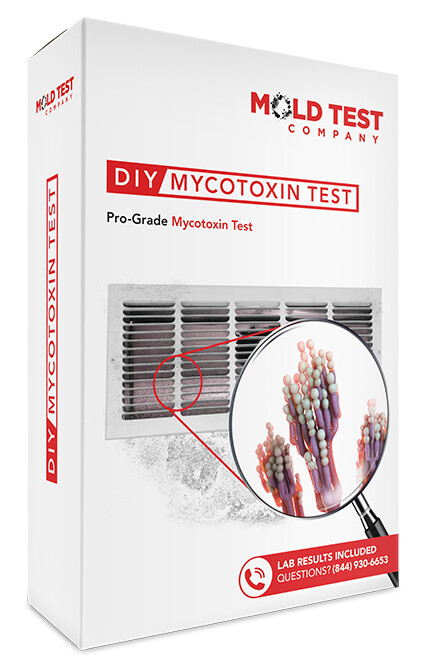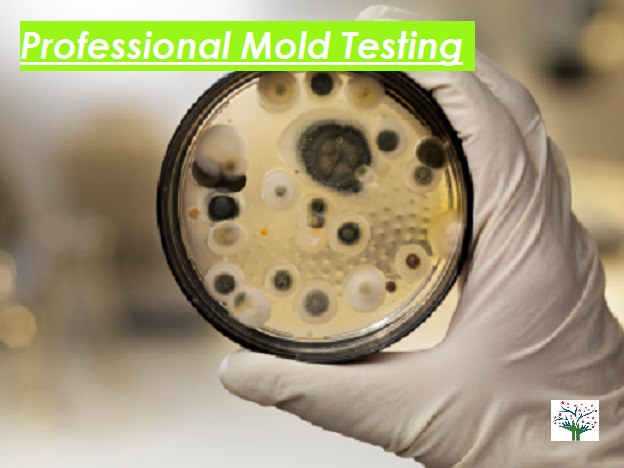The Requirement of Mycotoxin Evaluating in Agricultural Products to Guarantee Consumer Safety And Security
The necessity of mycotoxin screening in farming products is a crucial facet of public health and wellness and safety that warrants thorough exam. Mycotoxins, toxic substances generated by specific fungi, can penetrate different crops, resulting in significant wellness dangers for consumers, such as carcinogenic impacts and organ damages. Regular mycotoxin screening not only gets rid of and identifies infected products from the supply chain yet additionally guarantees conformity with security criteria and enhances customer count on. Nonetheless, understanding the approaches and benefits of such screening is important to completely appreciate its relevance in guarding our food supply.
Understanding Mycotoxins
Mycotoxins, hazardous second metabolites generated by certain fungi, provide a substantial danger to agricultural items and human health and wellness. These substances are created by numerous varieties of molds, such as Aspergillus, Fusarium, and Penicillium, which can contaminate crops both pre- and post-harvest - Mycotoxin testing Services. The most common mycotoxins include aflatoxins, ochratoxin A, fumonisins, zearalenone, and deoxynivalenol (DON)
Mycotoxin contamination can take place under details ecological conditions, such as high moisture and temperature level, which prefer the development of mold. Agricultural products like cereals, nuts, spices, dried out fruits, and coffee are specifically prone. The existence of mycotoxins in these commodities can lead to substantial financial losses because of decreased crop yields and the requirement for extensive screening and purification processes.
Understanding the biochemical nature and development of mycotoxins is important for establishing efficient reduction approaches. Research study has revealed that mycotoxins exhibit a series of chemical structures and homes, making detection and removal tough. Advanced logical strategies, consisting of chromatography and mass spectrometry, are utilized to recognize and evaluate mycotoxins in agricultural items, guaranteeing that contamination degrees stay within secure limitations developed by regulative bodies.
Health Dangers of Mycotoxins
Provided the significant dangers connected with mycotoxins in farming products, recognizing their effect on wellness is vital. Mycotoxins, toxic additional metabolites created by fungi, present extreme risks to both animal and human wellness. Chronic direct exposure, also at low degrees, can lead to a variety of unfavorable wellness results, including carcinogenicity, immunosuppression, and teratogenicity. Aflatoxins, among the most well-known mycotoxins, are classified as Group 1 health hazards by the International Company for Research Study on Cancer Cells (IARC), largely affecting the liver and raising the danger of hepatocellular cancer.
Intense mycotoxin poisoning, although less common, can cause immediate and serious illness such as liver damage, gastrointestinal disturbances, and hemorrhaging. Ochratoxin A, another potent mycotoxin, is connected to kidney damage and has prospective carcinogenic effects. Meanwhile, fumonisins, mainly influencing maize, are connected with esophageal cancer and neural tube issues.

Usual Sources of Contamination
Comprehending the usual sources of contamination is vital for properly managing and reducing the dangers posed by mycotoxins. Mycotoxins are hazardous second metabolites generated by particular sorts of fungis, which can infect farming items at numerous phases of manufacturing, storage space, and processing. The main resources of contamination include field conditions, post-harvest handling, and storage environments.
Field conditions play a significant role, with factors like weather, plant susceptibility, and soil wellness affecting fungal growth. Crops such as corn, peanuts, wheat, and tree nuts are specifically vulnerable to mycotoxin-producing fungis like Aspergillus, Fusarium, and Penicillium types. Insufficient crop turning and bad insect management can intensify the risk of contamination.
Post-harvest handling is an additional essential phase where contamination can happen. Mechanical damage throughout harvesting and transport creates access factors for fungis, while incorrect drying out methods can leave moisture degrees high enough to sustain fungal development.
Storage environments add considerably to contamination risks. Poorly kept storage space facilities with high humidity and temperature levels develop excellent conditions for click to investigate mycotoxin production. Regular evaluations and correct storage problems are necessary in curbing this hazard.
Mycotoxin Checking Methods
Reliable management of mycotoxin contamination hinges not just on identifying potential sources yet also on executing robust testing approaches to discover these unsafe compounds. Mycotoxin testing methods can be broadly categorized into chromatographic and immunochemical methods.
On the various other hand, enzyme-linked immunosorbent assay (ELISA) and side flow assays project immunochemical approaches. ELISA, specifically, is commonly utilized due to its cost-effectiveness, simplicity of use, and rapid turnaround time. Lateral circulation assays provide fast, on-site screening capacities, making them ideal for area applications where prompt decisions are required.
Furthermore, developments in molecular biology have introduced PCR-based approaches with the ability of discovering mycotoxin-producing fungi at genetic levels, offering an anticipating method to contamination risk. Integrating these varied approaches improves the dependability and comprehensiveness of mycotoxin detection, making certain that farming items satisfy safety criteria and securing customers from potential health and wellness threats.
Benefits of Regular Testing

Regular mycotoxin screening provides significant benefits that dramatically reinforce agricultural safety and top quality. One of the main benefits is the protection of consumer wellness. Mycotoxins, harmful substances produced by specific fungis, can pollute food and position significant health dangers, consisting of cancer cells and acute poisoning. Normal testing makes certain that contaminated products do not get to customers, thus minimizing carcinogen.
Moreover, regular testing helps in maintaining the integrity and track record of agricultural producers. By rigorously regulating and checking mycotoxin degrees, producers can avoid lawful consequences and expensive recalls. This not just ensures compliance with stringent international safety criteria but likewise promotes consumer trust and commitment.

Conclusion
The requirement of mycotoxin testing in farming items is underscored by the considerable wellness threats posed by these harmful compounds. Making sure consumer safety requires the identification and removal of polluted products from the supply chain. Regular testing not only reduces the danger of severe poisoning and chronic health and wellness problems however likewise supports compliance with safety standards. It improves the credibility of producers and fosters trust within the agricultural supply chain, ultimately safeguarding public wellness.
The requirement of mycotoxin testing in agricultural items is a critical element of public weblink health and safety that requires complete examination. Mycotoxins, poisonous substances produced by particular fungi, can penetrate various plants, leading to significant wellness dangers for why not try these out customers, such as carcinogenic effects and body organ damage.Mycotoxins, hazardous secondary metabolites generated by certain fungis, offer a considerable danger to farming products and human health and wellness.Given the substantial dangers linked with mycotoxins in agricultural items, understanding their effect on health and wellness is vital (Mycotoxin testing Services).The necessity of mycotoxin screening in farming items is underscored by the considerable health and wellness threats positioned by these poisonous compounds